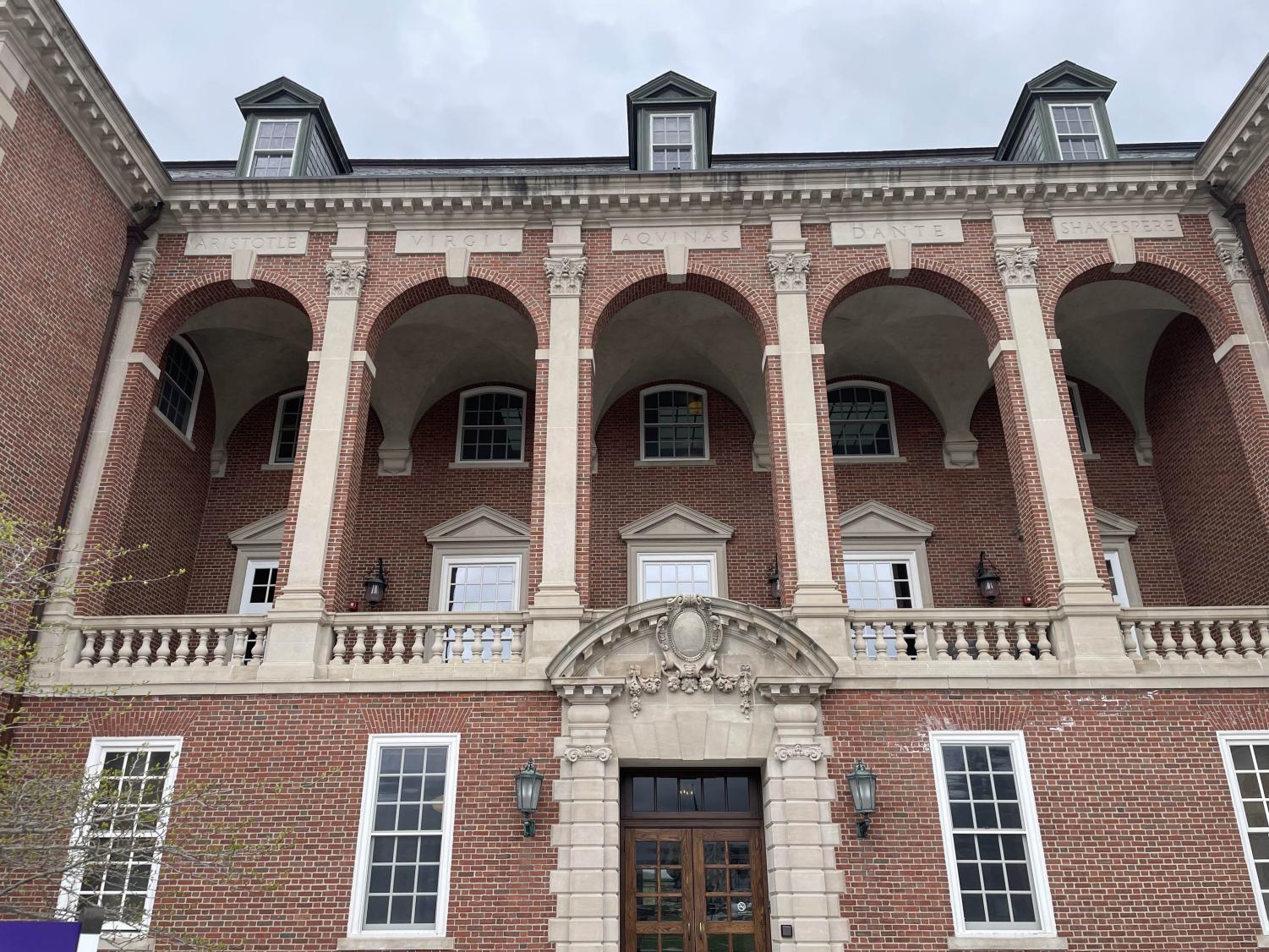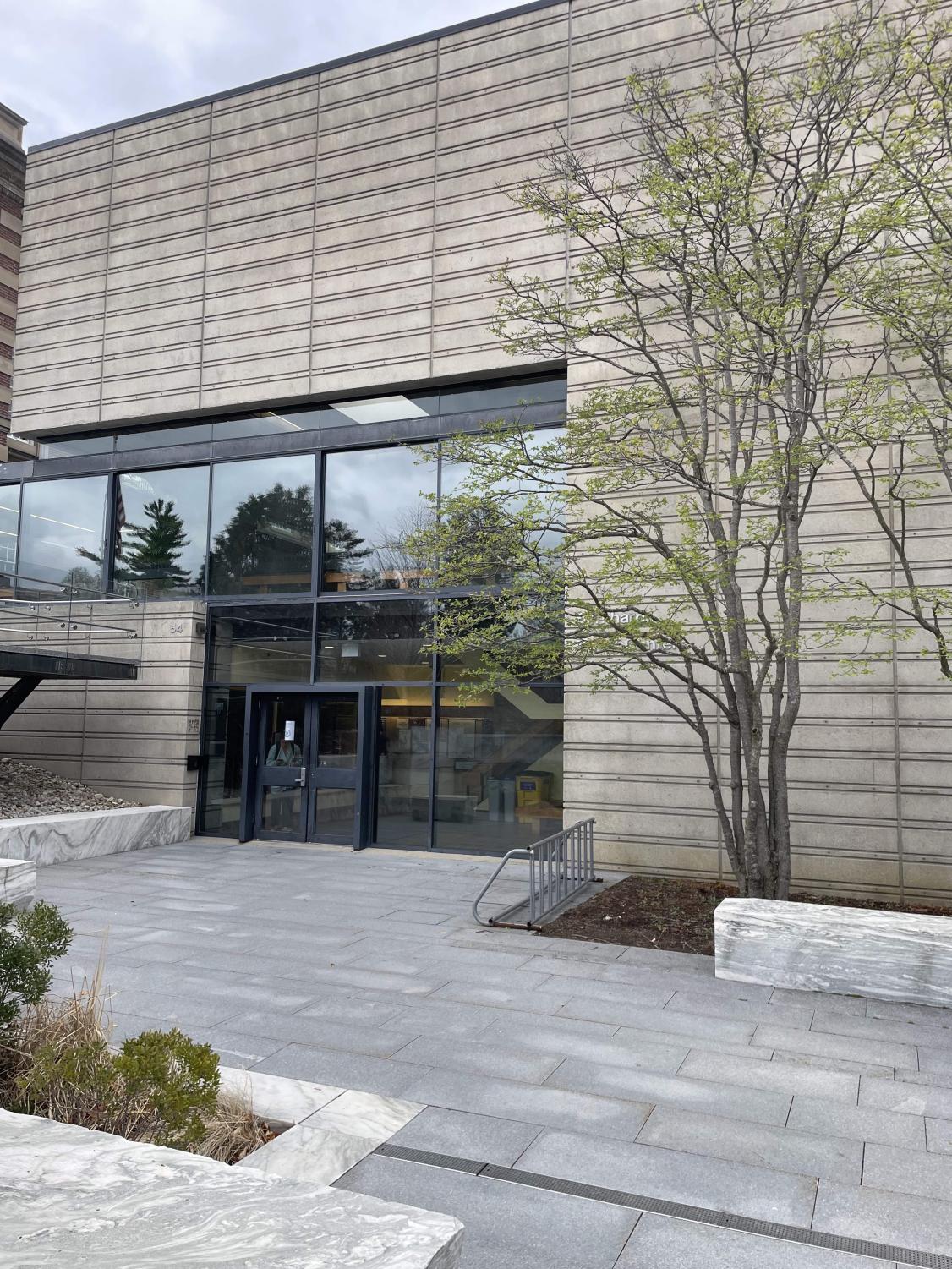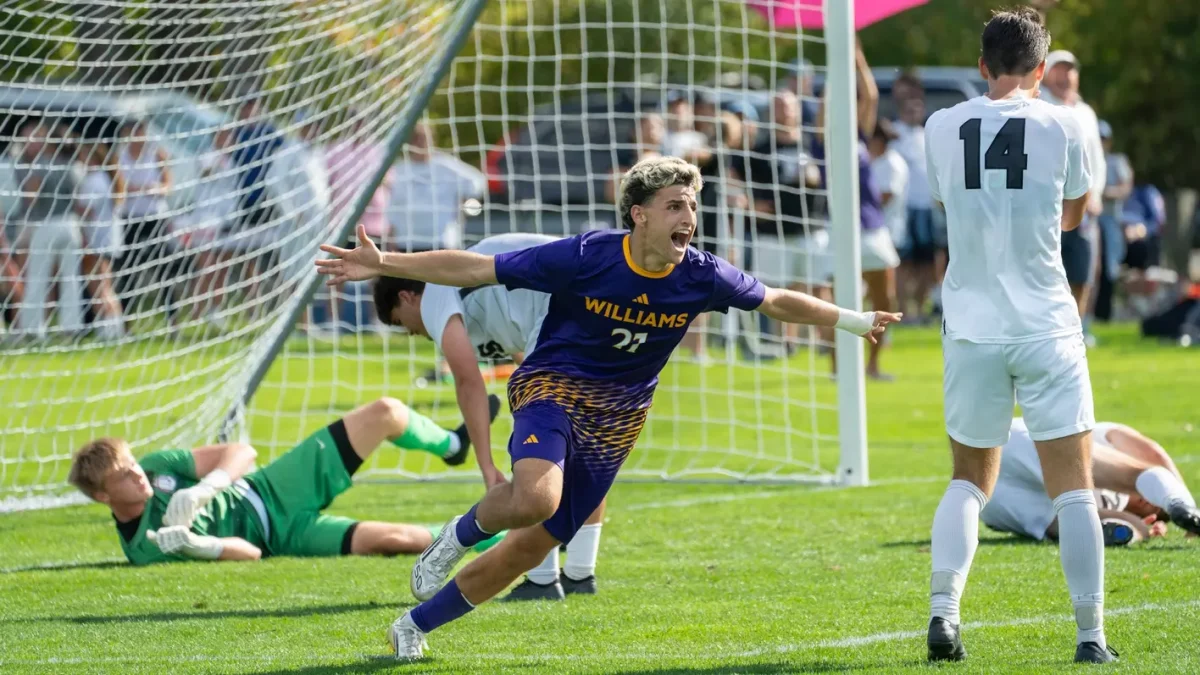The Record goes on tour: What prospective students learn about the College from tour guides
April 19, 2023

If you sit for long enough on the steps of Chapin Hall — or “Chapin Beach,” as tour guides are instructed to call it — a tour guide will inevitably pass by, walking backward and leading a group of prospective students. These tour guides, all students at the College, are supervised by Assistant Director of Admission Adriana Martin. But Martin is also responsible for reviewing the “fun facts” that tour guides share with prospective students, which range from stories about Winston Churchill’s mother to the composting toilets in the Zilkha Center.
The tour guide training includes reviewing an official tour guide manual, which outlines the route and provides statistics about the College that a tour guide needs to know. The Record shadowed one of these tours in order to learn more about the stories that tour guides present to prospective students — which current students might not remember from their tours.
As a tour begins, guides explain that before the College was founded, Harvard University lobbied the government to block Williams’ charter. At this point, Harvard was the only higher education institution in the state of Massachusetts, and its administration wanted to keep it that way; Harvard argued that there were not enough state resources to support both colleges. But their petition was unsuccessful — Williams received its charter in 1793.
When tours arrive in front of Sawyer Library, a guide may point out that in the engravings outside Stetson Hall, William Shakespeare’s name is spelled incorrectly as “Shakespere.” This spelling is one that Shakespeare himself used when signing his name; in fact, he never spelled his name with an “ea.” The spelling that is used today was one of 80 different ways that primary sources from Shakespeare’s lifetime spelled his last name.

Another historical fact comes later in the tour: As tours cross Spring Street, guides may share that Winston Churchill’s mother — Jennie Spencer-Churchill — picked purple as the school color. The story goes that in 1865 the College’s baseball team played a game against Harvard, which had just adopted magenta as its school color. Spencer-Churchill, who was a cousin of a Williams student and a fan of the College, decided that Williams needed a color of its own. She bought purple ribbons — the only color left in the store — and pinned one to the uniform of each baseball player. Williams went on to win the game and has since kept purple as its school color.
No tour would be complete without a story about the Williams-Amherst rivalry. Tour guides explain that in 2003, when Amherst students came to Williams for a football game, they used weed killer to inscribe a large “A” for Amherst on the grass of the football field. The letter did not appear in the grass until the next spring and, according to the Record, cost the College $5,000 to repair. It wasn’t until 2007 that Williams students decided to get revenge: After debate on what letter to leave, they dug a large “B+” into the snow on the Amherst football field. The New York Times and The Guardian reported on the prank.
Along the tour route, guides are also encouraged to share more recent facts. For instance, the Zilkha Center’s composting toilets only use three ounces of water per flush, and the Bernhard Music Center was awarded the title of “most creative use of concrete in New England” in 1982 by the New England chapter of the American Concrete Institute.
These facts might influence a prospective student’s impression of the College, according to Martin. “We’re a college that is so old, there really is so much history here,” she said. “So I think [the facts] show off the personality of Williams in a way that’s really fun.”
Although Martin and the rest of the admissions office make small changes to the tour guide manual each year, the fun facts remain a unique way to connect prospective students with the College’s history and community. “[They add] a little bit of texture and personality to the tour,” Martin said. “This is a way of being able to educate visitors, while also showing Williams spirit.”








